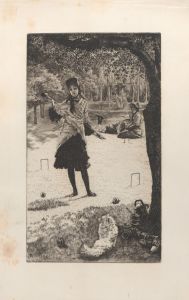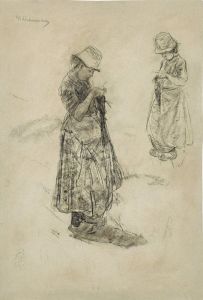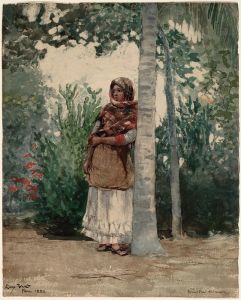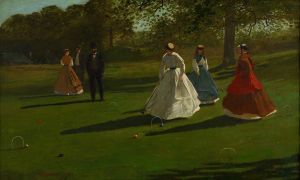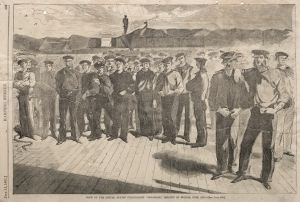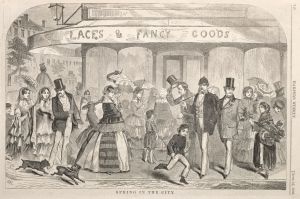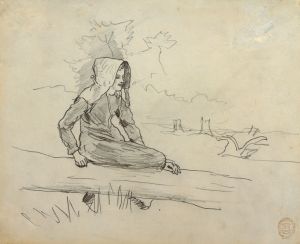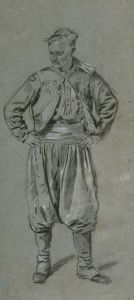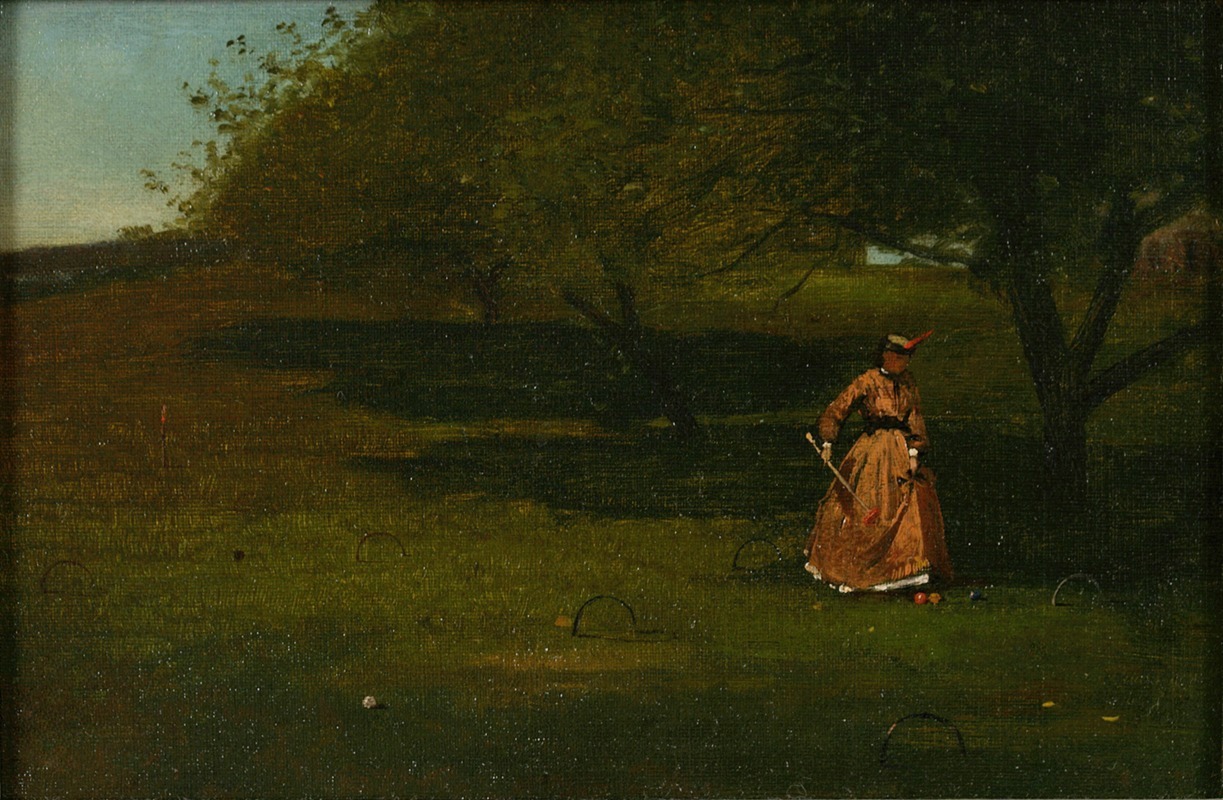
Croquet Player
A hand-painted replica of Winslow Homer’s masterpiece Croquet Player, meticulously crafted by professional artists to capture the true essence of the original. Each piece is created with museum-quality canvas and rare mineral pigments, carefully painted by experienced artists with delicate brushstrokes and rich, layered colors to perfectly recreate the texture of the original artwork. Unlike machine-printed reproductions, this hand-painted version brings the painting to life, infused with the artist’s emotions and skill in every stroke. Whether for personal collection or home decoration, it instantly elevates the artistic atmosphere of any space.
"Croquet Player" is a painting by the American artist Winslow Homer, created in 1865. Homer, who is renowned for his depictions of American life and landscapes, captures a moment of leisure and sport in this work. The painting is an oil on canvas and measures 15 7/8 x 12 7/8 inches (40.3 x 32.7 cm). It is part of the collection at the Art Institute of Chicago.
The painting features a young woman dressed in a white dress with a red sash, standing on a grassy field with a croquet mallet in her hand. The scene is set outdoors, with lush greenery and a clear sky, typical of Homer's ability to convey the beauty of the American landscape. The woman's attire and the setting suggest a genteel, leisurely activity that was popular among the middle and upper classes during the post-Civil War era.
Homer's choice of subject matter reflects the social changes of the time, particularly the increasing leisure time available to women and the growing popularity of outdoor sports. Croquet, introduced to America in the 1860s, became a fashionable pastime, especially among women, as it was one of the few socially acceptable sports they could participate in.
The composition of "Croquet Player" is notable for its simplicity and focus on the central figure. The young woman is depicted with a sense of grace and poise, her gaze directed downward as she contemplates her next move. The use of light and shadow in the painting highlights the textures of her dress and the surrounding grass, showcasing Homer's skill in rendering detail and his keen observation of natural light.
Homer's early works, including "Croquet Player," often depicted scenes of contemporary life and leisure, which resonated with the public and helped establish his reputation as a leading American artist. This painting is an excellent example of his ability to capture the spirit of the times and the everyday activities of ordinary people.
Throughout his career, Winslow Homer evolved in his artistic style, moving from illustrations and genre scenes to more dramatic and expressive works, particularly his later seascapes. However, "Croquet Player" remains a significant piece within his oeuvre, representing his early exploration of themes related to American society and culture.
The painting is appreciated not only for its aesthetic qualities but also for its historical context, offering insights into the social dynamics and recreational activities of the 19th century. It stands as a testament to Homer's talent in portraying the subtleties of human experience and the changing landscape of American life.
"Croquet Player" continues to be studied and admired for its artistic merit and its reflection of a specific moment in American history, making it an important work in the legacy of Winslow Homer.





